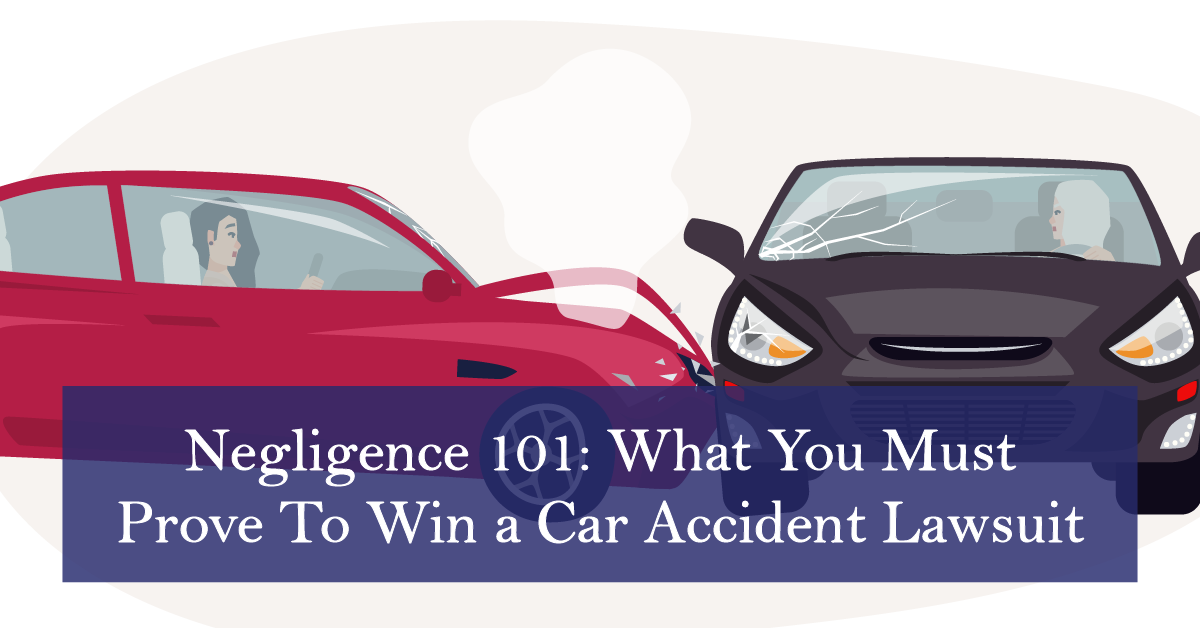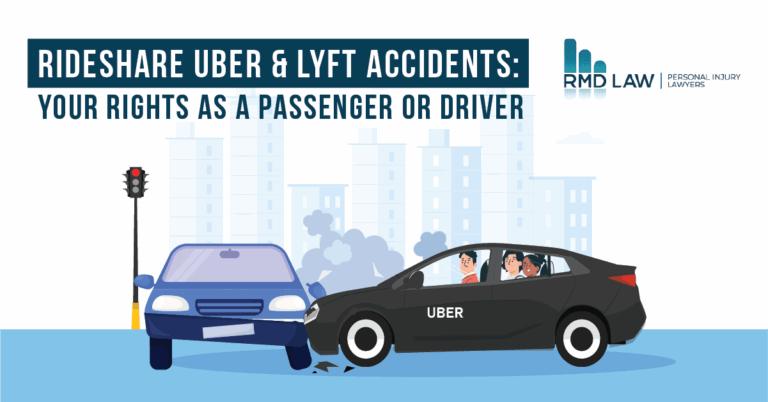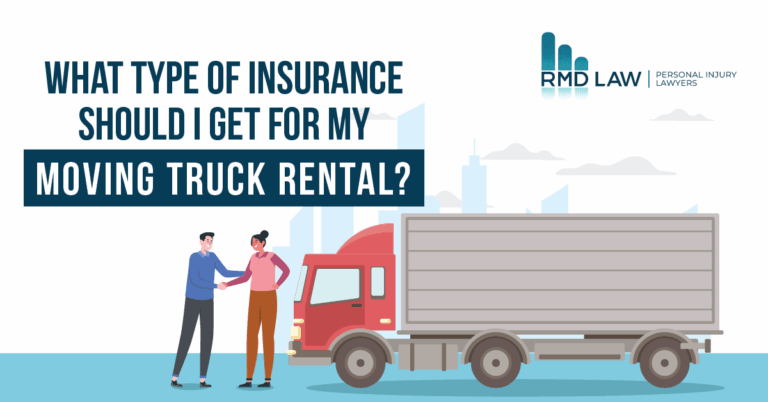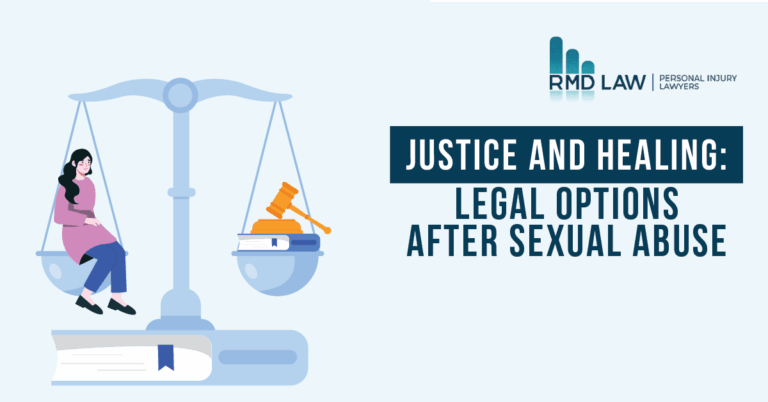
If you have been hurt in a car accident, it seems only logical to think the driver should compensate for your injury. However, the driver’s negligence is not always apparent. You have to make sure the trail of breadcrumbs leads from point A to point B, all the way to point D. If you can’t connect them, you will likely be denied any compensation for your injuries.
In a personal injury lawsuit, victims have the burden of proving the defendant’s negligence. It is then critical to gather all relevant evidence to build your case. You and your attorney should sort things out to ensure a high chance of winning the lawsuit.
This article will serve as a guide on how to win a car accident lawsuit. In particular, it will explain the elements of negligence you need to establish to improve your chances of getting compensation for a car accident in California.
5 Elements of Negligence You Must Prove to Win a Car Accident Lawsuit
1. Duty of care
Duty of care involves the obligation to not cause harm to others by observing safety precautions. For drivers, a presumption exists that they strive to obey traffic rules and drive defensively. In building your case, it’s crucial to establish that the defendant or the at-fault driver owes consideration for your safety.
In car accidents, proving the duty of care often entails establishing the proposition that no matter what vehicle they operate, drivers are required by law to obey traffic ordinances and drive as safely as possible.
The responsibility and safety consideration extends to all road users, whether you’re a driver or pedestrian; however, drivers have a heavier legal burden as they are mandated to practice safe driving at all times. To prove this duty of care, you must prove that the person you’re suing was driving the vehicle during the time of the accident.
2. Breach of duty
Once you’ve established that the driver has a duty of care, you have to prove that there was a breach of that duty. The basis of this is an objective one, so the defendant will be judged based on how any other reasonable person will be in the same situation.
You or your personal injury lawyer must produce evidence proving that the other party’s conduct did not meet the set standard of care when the accident occurred. For this, you must show that the defendant’s conduct leading to the accident falls below that of a reasonable person.
For example, you could argue that a reasonable person would not have driven the vehicle under the influence of drugs or alcohol. In the same vein, going 60 mph in a 25-mph zone is not something a reasonable person will do.
3. Causation
This is where things can get tricky when proving that the defendant was a negligent driver. Also known as the “but-for” test, the element of causation requires you to prove that you would not have been in that accident if it weren’t for the defendant’s negligible actions. It’s crucial to prove that their misconduct contributed to the accident and directly caused your injuries and other losses.
Texting while driving or drunk driving are relevant arguments for causation. However, there are cases where a third party may have caused the crash, such as instances of beating the red light. Here, you cannot hold the driver liable. As such, make sure to corroborate your claims with evidence from relevant sources. Keep in mind that the other party may act on their interests and twist the story in their favor.
4. Proximate cause
In its simplest form, this element refers to the foreseeability of the action. It means that a reasonable person would have known that the negligent behavior would result in an accident.
For example, the defendant was driving under the influence of alcohol; therefore, their reaction was delayed. They could not avoid the other vehicle coming from the other side of the intersection. This becomes a proximate cause as the car crash is a reasonably foreseeable outcome of negligent conduct.
5. Injuries suffered (also known as damages)
You must prove that you suffered measurable losses from the car accident to receive compensation. These losses include medical expenses, lost wages, property loss, loss of future earning capacity, and future medical costs. On top of that, you may be awarded reimbursement for non-economic losses like pain and suffering, reduced quality of life due to physical injuries, and the like.
If you have a previous injury, your case can be challenging. You have to prove that the resulting car crash has worsened the previous injury so that you can get compensated for the subsequent loss.
Secure Compensation for Your Losses
A car accident may result in dire consequences, affecting the victim’s life and property. The at-fault party must take responsibility for their actions. To do this, the complainant must prove the other party’s negligence by establishing the five elements of negligence discussed above.
If you are a victim of a car crash, you have the option to file a lawsuit against the negligent party, especially if you sustained severe injuries. Not only will it enable you to get the compensation you deserve, but it will also help keep the roads safe from negligent drivers.
If you’re looking for a car accident lawyer in Orange County, we at RMD Law are ready for the tireless representation you deserve. Give us a call for a free case evaluation.
- Rideshare Uber & Lyft Accidents: Your Rights as a Passenger or Driver - July 1, 2025
- What Type of Insurance Should I Get for My Moving Truck Rental? - June 30, 2025
- Justice and Healing: Legal Options After Sexual Abuse - June 26, 2025




